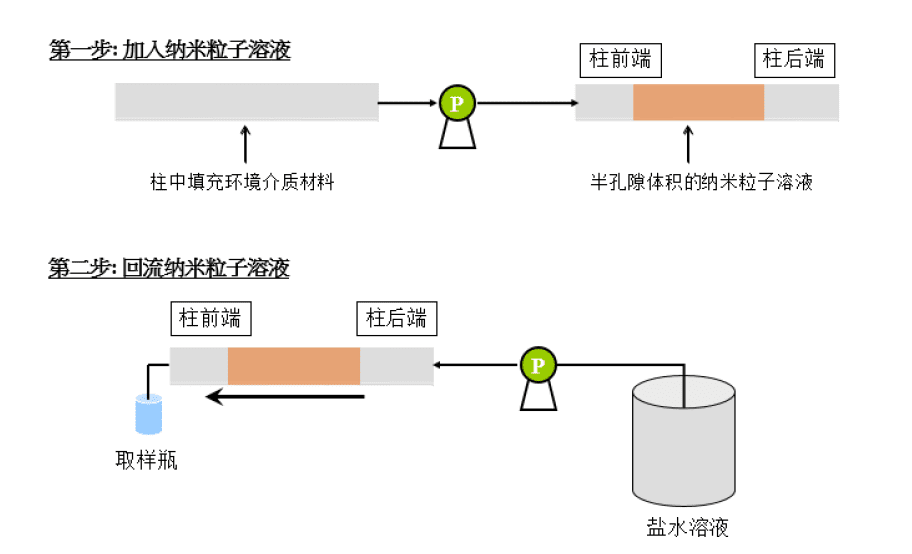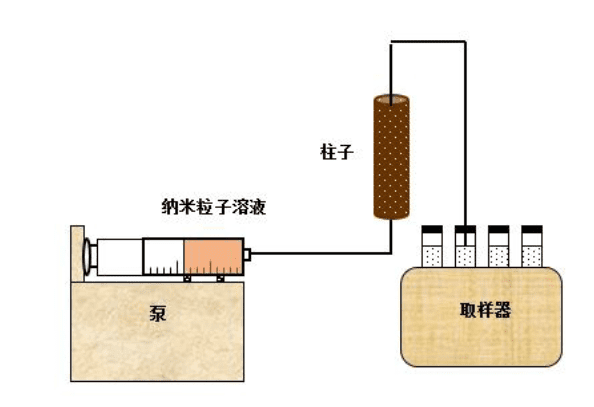Macau coastal area is characterized by a heavy population density and a deteriorating coastal water quality. Mainly, the common environmental pollutants fall into two categories of organics and metal pollutants. The environmental behaviors, particularly the transport properties, will profoundly dictate the toxicity and fate of the pollutants. Coastal area is the place where seawater is comingled with river water. This unique property will result in a complicated environmental behavior for the pollutants in the coastal area. Among many factors, sorption to various environmental surfaces will have a significant impact on the fate and transport of pollutants. These environmental surfaces can include but not limited to the surfaces of aqueous suspended solid particles, sediments, and biota. Existing studies have systematically investigated the sorption as well as the desorption behaviors of representative persistent organic pollutants with carbonaceous materials. The phenomenon of desorption hysteresis has been observed and explained by entrapment of surface pore spaces.
With the understanding of the environmental behaviors of the pollutants, efforts will be made to investigate the remediation of pollutants by use of nanomaterials. Nanomaterials are characterized by a large surface-to-volume ratio and also active surface properties for pollutant treatment. Functional nanomaterials can be prepared and tested for their potential in treating pollutants with enhanced efficiency and effectiveness compared with conventional methods. On the other hand, with wide production of nanomaterials from various industrial processes, the applied nanomaterials can serve as transporting vehicles to mobilize pollutants in the environment, leading to an exacerbated environmental hazards.

 |
 |
Coastal area pollution and study of pollutant fate and transport behaviors
Related publications:
- Zhang, P., Zhang, N., Li, Z., Yean, S., Li, H., Shipley, H.J., Kan, A.T., Chen, W. & Tomson, M.B. Identification of a new high-molecular-weight Fe-citrate species at low citrate-to-Fe molar ratios: Impact on arsenic removal with ferric hydroxide. Chemosphere, 2018, 212, 50-55.
- Zhang, P., Liu, Y., Li, Z., Kan, A.T. & Tomson, M.B. Sorption and desorption characteristics of anionic surfactants to soil sediments. Chemosphere, 2018, 211, 1183-1192.
- Zhang, P., Li, Z., Cheng, X., Kan, A.T. & Tomson, M.B. Modeling analysis of two common organic pollutants’ adsorption and desorption from activated carbon, C60, and soil organic carbon. Environmental Engineering Science, 2019, 36, 136-147.
- Berlin, J., Yu J., Lu W., Zhang L., Zhang P., Chen, W., Kan, A.T., Wong, M., Tomson, M.B. and Tour, J.M., Engineered nanoparticles for hydrocarbon detection in oil-field rocks Energy & Environmental Science, 2011 (4): 505-509
- Zhang, L., Wang, L.; Zhang, P.; Kan, A., Chen, W.; Tomson, M.B., Facilitated transport of 2,2′,5,5′- polychlorinated biphenyl and phenanthrene by fullerene nanoparticles (nC60) through sandy soil columns Environmental Science & Technology, 2011, 45 (4): 1341–1348
- Chen, W., Cong, L. Hu, H., Zhang, P., Li, J., Feng, Z., Kan, A. T. and Tomson, M. B., Release of adsorbed polycyclic aromatic hydrocarbons under cosolvent treatment: Implications for availability and fate. Environmental Toxicology and Chemistry, 2008, 27(1): 112-118
